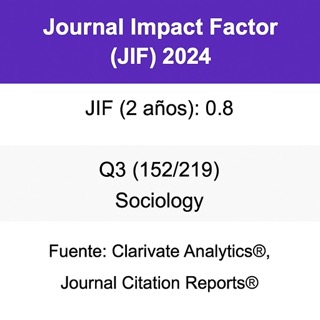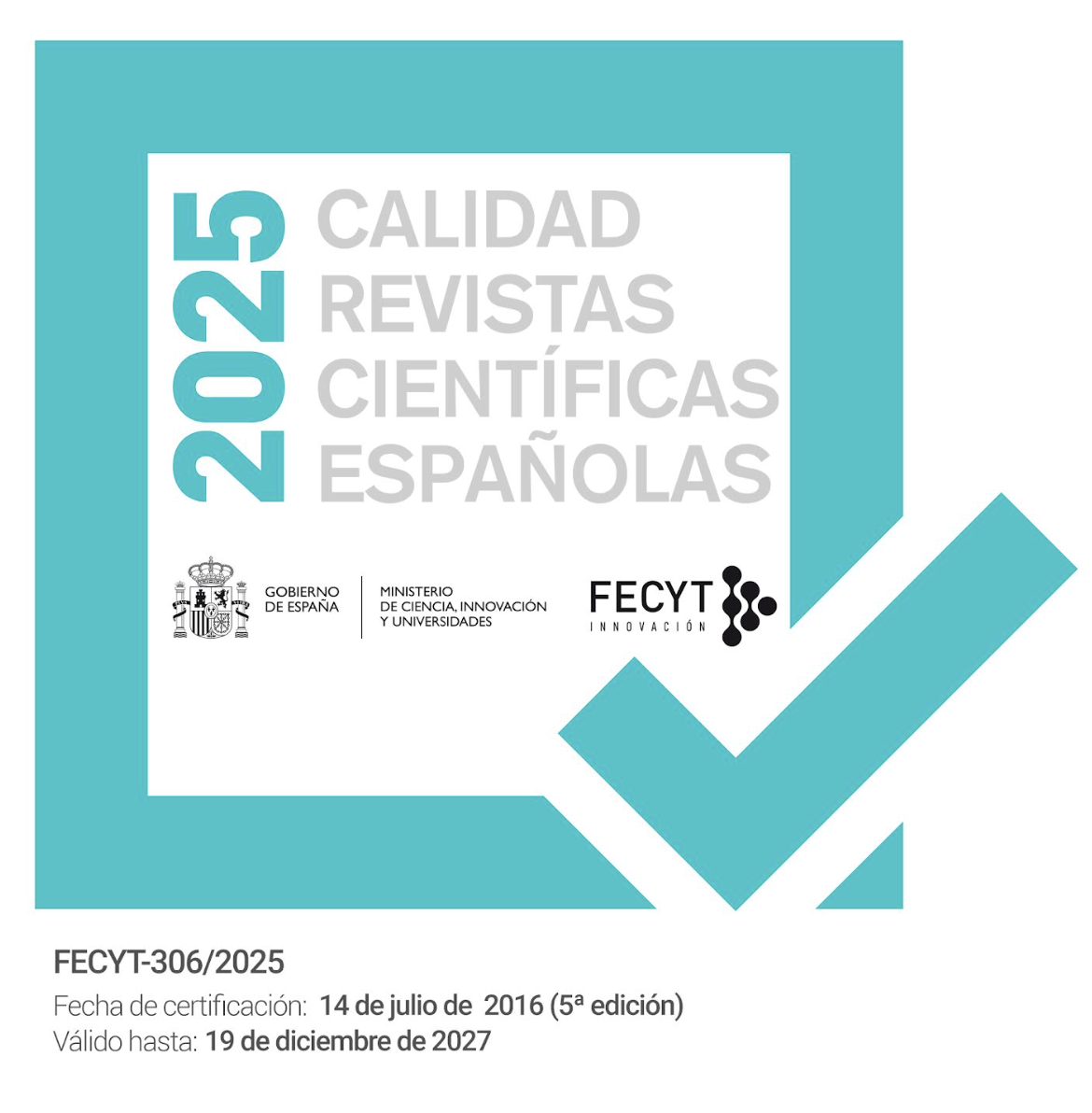¿Influye el diseño de las preguntas en las respuestas de los entrevistados?
DOI:
https://doi.org/10.22325/fes/res.2022.83Palabras clave:
no respuesta parcial, descomposición de preguntas, orden de las opciones de respuesta, efectos de respuestaResumen
En este trabajo se analiza hasta qué punto el orden de administración de las opciones de respuesta afecta a la falta de respuesta y a la elección de respuestas “no definidas”. Un segundo objetivo es considerar si la estrategia de “descomponer” una pregunta en varias disminuye el número preguntas sin respuesta, así como de respuestas “no definidas”. Un experimento con encuesta telefónica muestra que presentar las preguntas del cuestionario comenzando por las opciones desfavorables en preguntas descompuestas aumenta las respuestas ‘no sabe’, además de ampliar el tiempo de respuesta. Por el contrario, utilizar preguntas con opciones de respuesta que comienzan por las desfavorables reduce el rechazo a responder la pregunta. Las respuestas indefinidas se reducen cuando se emplea una pregunta que comienza por preguntas favorables.
Publicado
Cómo citar
Número
Sección
Licencia
Derechos de autor 2021 Vidal Díaz de Rada

Esta obra está bajo una licencia internacional Creative Commons Atribución-NoComercial 4.0.
Todas las publicaciones de la Revista Española de Sociología se realizarán bajo una licencia abierta Creative Commons de Reconocimiento 4.0 Internacional (CC BY 4.0). Dicha licencia establece que los autores son los poseedores de los derechos de propiedad intelectual de sus trabajos, que pueden redistribuirse a cambio de un reconocimiento adecuado. Para más información de la licencia Creative Commons, consultar aquí.
Una vez aceptado un artículo para su publicación, la Revista Española de Sociología solicitará al denominado "autor para la correspondencia" la aceptación de una licencia obligatoria Creative Commons incluida en un acuerdo o contrato de publicación.



